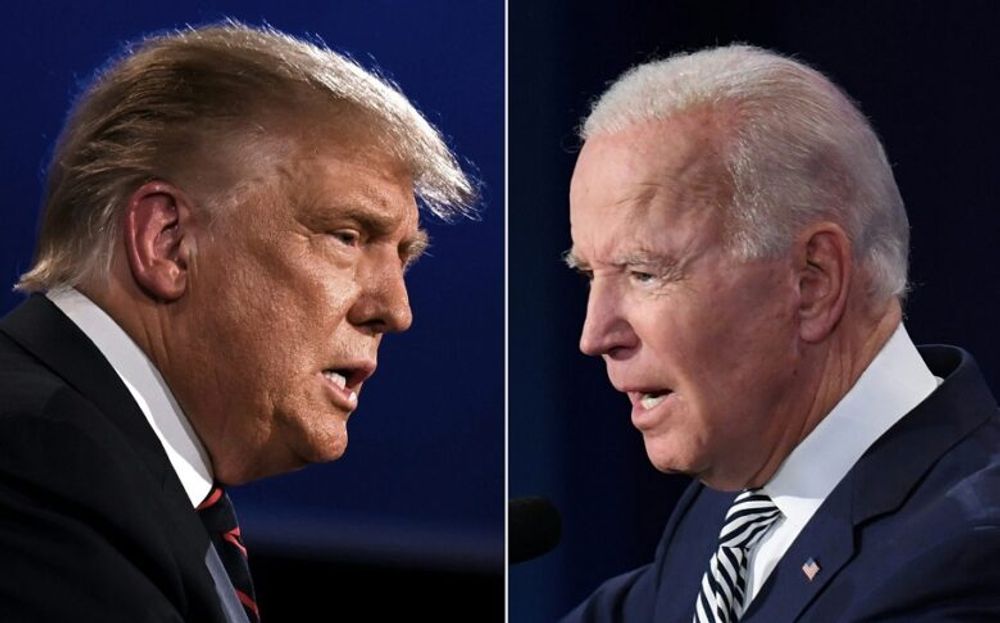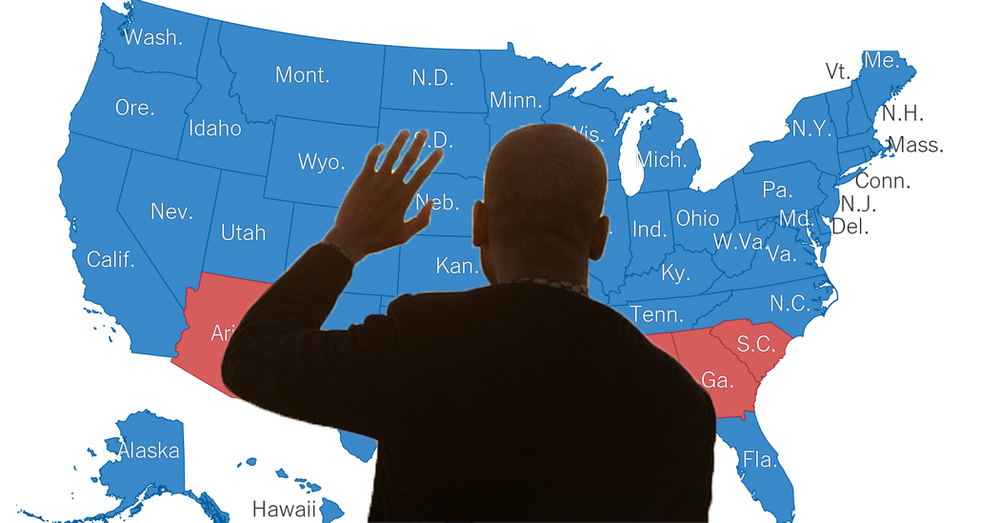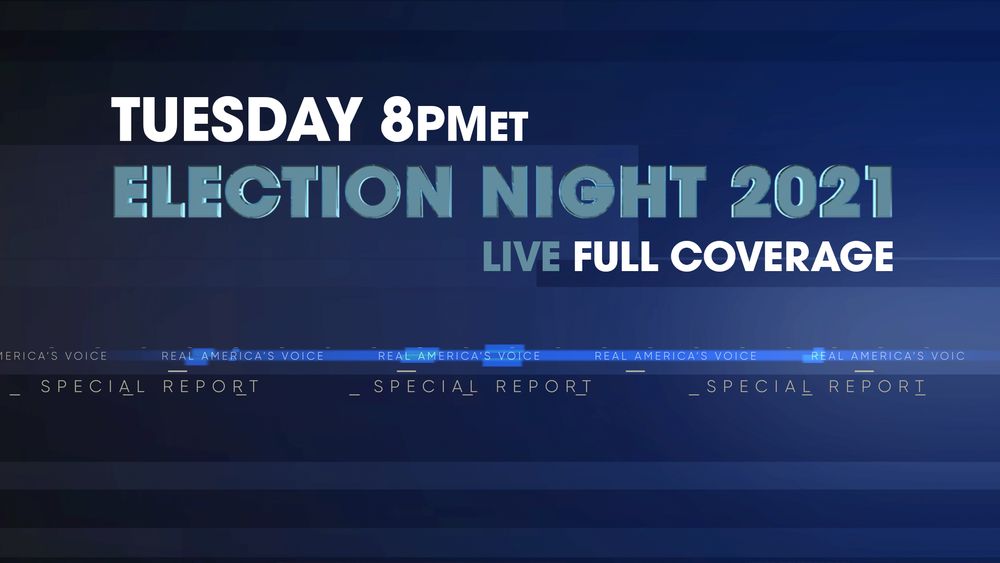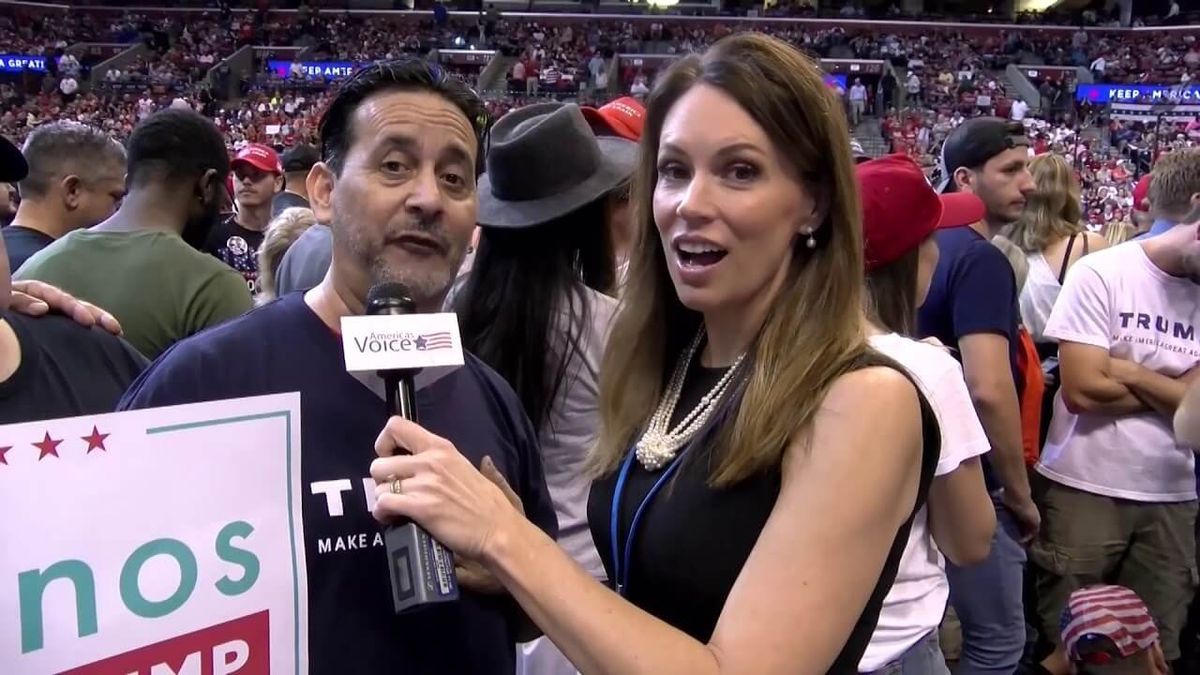
Will Latinos Determine Next US President?
Henry Hernandez contributed to this report.
READING, PENNSYLVANIA — Café owner Johanny Cepeda-Freytiz, the only Latino on the six-member city council in Reading, Pennsylvania, says it has been a struggle to educate her community about its bulked-up voting muscle.
“People feel disenfranchised. And they always feel like their vote does not count and their vote does not matter,” she said.
More than a half century ago, a group of Puerto Ricans moved to Reading to work the nearby mushroom fields. Since then, the Latino population of the city itself has mushroomed to 65%, supplanting the traditional base of conservative Protestant whites of German ancestry.
Although she is a city official, Cepeda-Freytiz, born in New York City of parents from the Dominican Republic, recounts how some non-Latino constituents suspect she is not a citizen, accusing her of “buying her papers.”
‘Latino community is going to make a difference’
That and the underrepresentation at the polls among the Latino community may explain why Reading has never had a Hispanic mayor. Eddie Moran, vice president of the Reading school board, is seeking to become the first one in this year’s city election. He also is keeping an eye on next year’s presidential contest.
“I think next year is going to be huge, where the Latino community is going to make a difference in this electoral campaign,” he said.
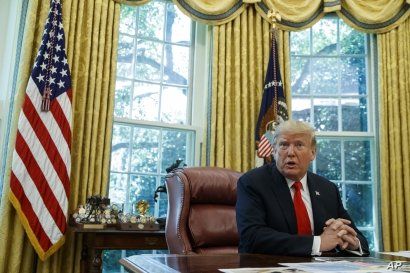
Indeed, the 32 million Latinos registered to vote in next year’s U.S. presidential election will make them the largest racial or ethnic voting bloc, with the potential of determining whether a Democrat is capable of denying President Donald Trump a second term.
“For Democrats, it’s critical that they hold on to the Latino vote, and for Republicans that they gain support among Latino voters,” said G. Terry Madonna, director of the Center for Politics and Public Affairs, at Franklin & Marshall College.
Seventy-three percent of Latinos nationwide plan to vote or are leaning toward voting for a Democrat in the 2020 election, according to a Univision poll this month.
Among the areas that are rich with Hispanic voters deemed most critical for the Electoral College vote that will determine the outcome of the presidential contest are the Texas counties along the border with Mexico, Orange County in Florida and Las Vegas in Nevada.
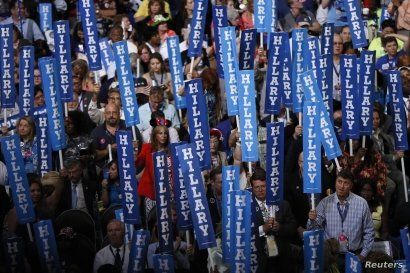
Swing state of Pennsylvania
Then there is the swing state of Pennsylvania, which has seen a 28% increase in its Hispanic population in the last decade. Pennsylvania was one of several blue-collar Rust Belt states that narrowly went for Trump over Democrat Hillary Clinton in the 2016 election. Those states may prove pivotal again next year.
Many have migrated to the once-prosperous city of Reading, which The New York Times in 2011 deemed poorest city in the nation.
The trend has spread out along what is now known as the Route 222 Latino corridor, encompassing more than half of Pennsylvania’s Hispanic population.
Moran and Cepeda-Freytiz spent the past Saturday hugging supporters and courting undecided voters as they participated in Reading’s first Puerto Rican parade and street festival.
Social entrepreneur Angel Figueroa, the first Puerto Rican elected to Reading’s city council in 2002, organized the parade and festival. Figueroa notes the pivotal role of Reading and Berks County historically in the outcome of presidential elections.
“This election in 2020 is so key with all of the hate and rhetoric that’s been going on,” Figueroa said. “I think it’s time that as a bloc, that we send a message to both political parties.”
While some Hispanics blame Trump for the divisive rhetoric, about 30% nationally voted for him in 2016, and he retains supporters in Reading like Nancy Rodriguez and Junior Cruz-Morales.

“I support him because I’ve seen more opportunities for Latinos, and he’s been focusing more on the Latino community,” Rodriquez said.
Her husband, Cruz-Morales, agreed. “We voted for Donald Trump, and he’s doing a good job. I’m not sure if he’s going to get four more years, but if he does, we welcome that.”
Unemployment among Hispanics nationally is 4.2%, a record low Trump has touted and taken credit for repeatedly at his campaign rallies.
Trump won Pennsylvania in 2016 by less than 1%, or less than 45,000 votes out of a total of 6 million cast, and the narrowest margin in a presidential election in the state in 176 years.
Hillary Clinton handily won every precinct in Reading.
Many Democrats say they are confident Latino voters in Reading and along the entire Route 222 corridor will overwhelmingly support their nominee next year. Others are sounding a warning.
“Dissatisfaction with the current president will not be enough to get Latinos to vote,” according to Grecia Lima, political director for Community Change Action in Washington. “It will require early engagement, personalized outreach and information from trusted messengers. Latinos are under duress, something that they are relating back to the president.”
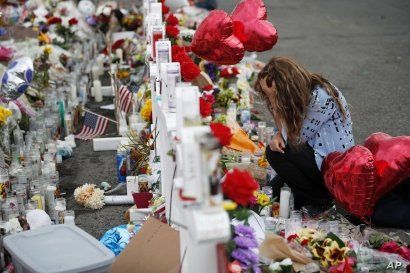
According to her organization’s research, 69% of Latino voters believe Trump’s sharp anti-immigrant rhetoric influenced the recent mass shooting in El Paso, Texas, where witnesses say the gunman targeted Hispanic-looking shoppers at a Walmart store.
Trump held a rally in El Paso in February and visited the city again after the attack in which 22 people died.
“I’ve continued to say the president’s policies are a win for Latino voters across America,” Trump’s re-election campaign chairman Brad Parscale said, adding, “One of the first symbols of this was the El Paso rally.”
Parscale says “thousands of voters who did not vote for the president in 2016” attended the rally and registered to vote.
Overall in Texas — the state with the second-largest Hispanic population after California — Republican officials say their data show a 20% jump in support for Trump since 2016.
“That means he has nearly 1 million new Hispanic supporters!” tweeted the chairwoman of the Republican National Committee, Ronna McDaniel.
Our data shows @realDonaldTrump’s approval among Hispanic Americans in Texas has increased by 20% since 2016.
That means he has nearly 1 million new Hispanic supporters!https://t.co/LTQ2akAFJD— Ronna McDaniel (@GOPChairwoman) September 13, 2019
The Trump re-election campaign is trying to extend its appeal to other states with large Latino populations, including New Mexico, which Trump lost to Clinton in 2016 by more than 8%.
Despite an affinity among the majority of Hispanics for Democratic candidates, Trump and his supporters insist that many Latino voters share the president’s concern about illegal immigrants.
“The Hispanic Americans understand they don’t want criminals going across the border. They don’t want people taking their jobs. They want security, and they want the wall,” Trump said at a rally in Rio Rancho, New Mexico, on Monday, where most of those placed in tight view of the cameras behind the president wore “Latinos for Trump” shirts.
Hispanics compose nearly half of the population in New Mexico, the highest share of any state. In another closely watched state, Nevada, Latinos are 50% registered Democrats, 20% Republicans and the rest independent.
Culinary Union Local 226 in the state’s biggest city, Las Vegas, represents 60,000 hotel and casino workers — half of whom are Latinos. The union, which endorsed Clinton in 2016, has its own citizenship project for members, then registers them to vote and ensures they get to the polls.
As far as the Republicans in the state trying to put up a challenge to the clout of the Latino-dominated union, David Damore, a professor of political science at the University of Nevada-Las Vegas says, “There’s really no point to it.”
For Republicans who think they can capture Nevada next year, Damore asserts, “They’re delusional.”
The only feasible approach for the Republican Party with Latinos in Nevada and most of the rest of the country “will be cutting the margin and trying to suppress the vote,” according to Damore.
One thing is certain about Hispanic voters nationwide between now and November of 2020, according to Madonna, a prominent political pollster in Pennsylvania.
“They’re going to be continually courted by the candidates.”
 Iran Envoy: ‘All-out War’ to Result if Hit for Saudi AttackNext PostTrump Administration Blocks ‘Urgent’ Whistleblower Disclosure
Iran Envoy: ‘All-out War’ to Result if Hit for Saudi AttackNext PostTrump Administration Blocks ‘Urgent’ Whistleblower Disclosure

